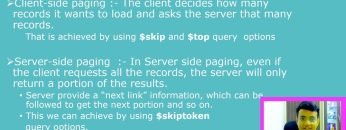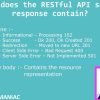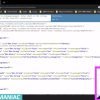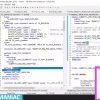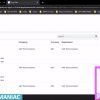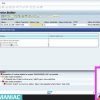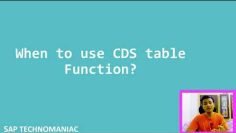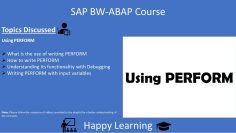This video provides a detailed explanation of the Skip Token query option in OData, specifically in the context of SAP development. Here’s a summary of the key points:
- Introduction to Skip Token: The video begins by explaining the concept of Skip Token in OData. This is a server-side paging mechanism where the server decides how much data to send to the client, regardless of how much data the client requests. The presenter contrasts this with client-side paging, where the client decides how much data to request from the server.
- Client-side vs Server-side Paging: The presenter discusses the differences between client-side and server-side paging. In client-side paging, the client decides how much data it wants to retrieve from the backend system. In server-side paging, the backend developer decides how much data to send to the frontend, regardless of how much data the frontend requests.
- Implementing Skip Token: The presenter demonstrates how to implement the Skip Token query option in the backend SAP system. This involves writing code to handle the Skip Token option in the ‘get entity set’ method of the OData service. The presenter also shows how to test the implementation by making requests to the service and checking the returned data.
- Using Skip Token for Pagination: The presenter explains how to use the Skip Token option for pagination. The server decides how many records to send at a time (e.g., 10 records), and sends this information to the client along with the data. The client can then use this information to request the next set of records.
- Considerations for Implementing Skip Token: The presenter emphasizes that the implementation of the Skip Token option depends on the specific requirements of the frontend application. For example, if the frontend application uses filters or sorting, the backend service needs to take these into account when implementing the Skip Token option.
The video provides a practical guide to implementing the Skip Token query option in OData, with a focus on SAP development. However, the concepts are applicable to any system that uses OData.



